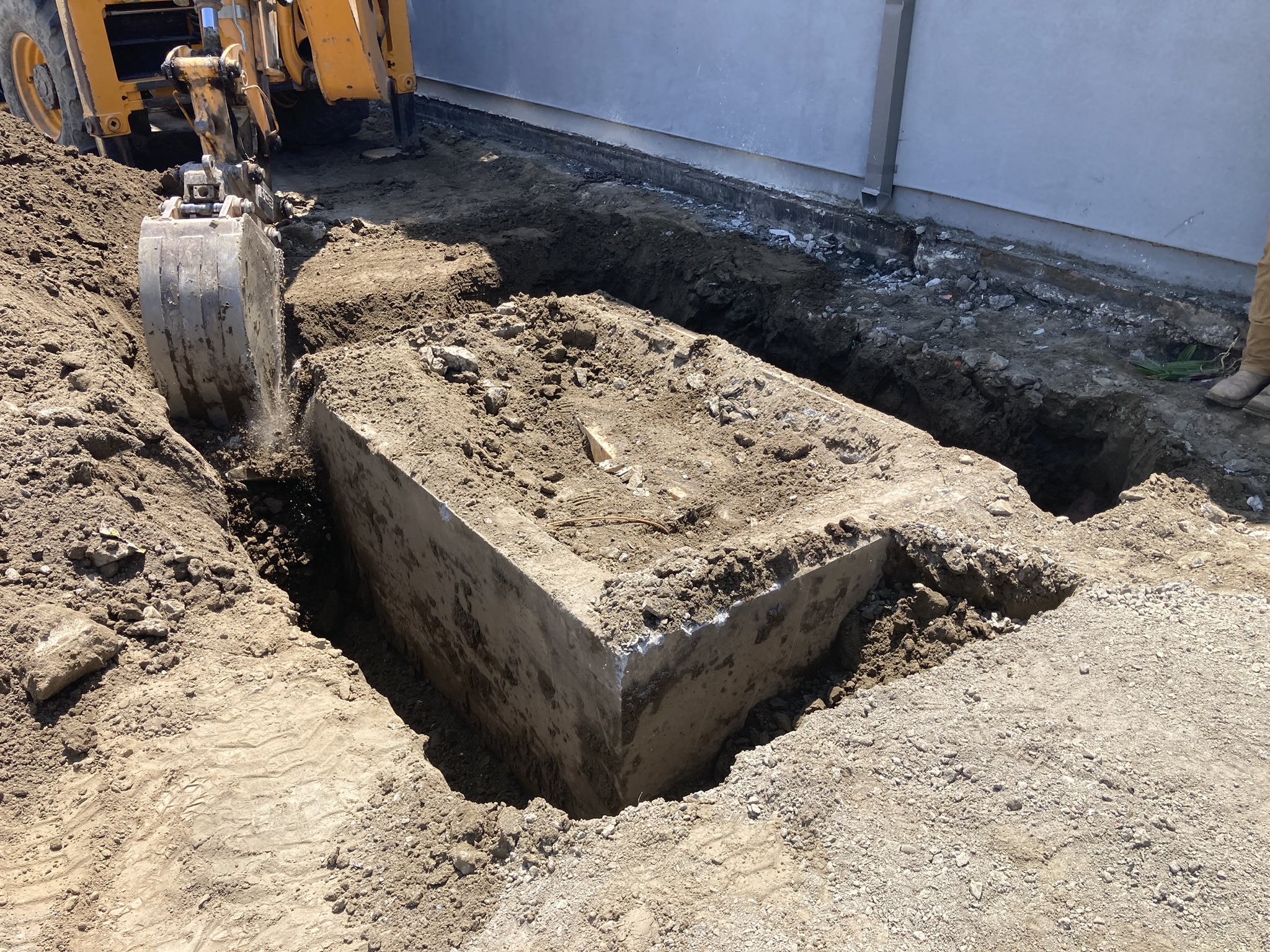Home » California’s Leading Environmental Construction Services

Environmental Construction Services
DEFS’s professional technicians are providing complete phases of construction for Pilot testing, Vapor sampling and Soil Vapor extraction (SVE) or Dual Phase Vapor extraction (DPVE) treatment installations. These phases including but not limited to saw cutting, core cutting, excavation, piping, demolition, backfilling, compaction and surface completion.
We have experience working on a variety of sites, such as active or legacy Dry cleaners, Gas stations, Car washes and other industrial sites which needs environmental field services for their environmental investigations and remediation purposes.
Our Services
The remediation construction process typically involves several key steps aimed at addressing environmental contamination and restoring the affected site. Here’s a general overview:
Site Assessment and Planning
The process starts with a comprehensive assessment of the site to identify the extent and nature of contamination. This includes soil and water testing, as well as evaluating potential risks to human health and the environment. Based on the assessment, a remediation plan is developed outlining the objectives, methods, and timeline for cleanup.
Regulatory Compliance
Remediation projects must comply with local, state, and federal regulations governing environmental cleanup. This involves obtaining permits, complying with relevant laws, and coordinating with regulatory agencies throughout the process.
Remediation Design
Once the assessment is complete, engineers and environmental experts design a remediation plan tailored to the specific site conditions and contamination types. This plan may involve various techniques such as excavation, soil vapor extraction, bioremediation, chemical treatment, or containment measures.
Construction Implementation
With the remediation plan in place, construction begins to implement the chosen remediation methods. This may involve excavation of contaminated soil, installation of remediation systems (such as groundwater treatment systems or soil vapor extraction wells), or construction of containment structures to prevent further spread of contaminants.
Monitoring and Control
Throughout the remediation construction process, environmental monitoring is conducted to track progress and ensure that remediation objectives are being met. This may involve sampling soil, water, and air quality at regular intervals to assess contaminant levels and verify the effectiveness of remediation efforts.
Completion and Closure
Once remediation goals are achieved and contamination levels are below regulatory thresholds, the site undergoes final inspections and testing to confirm cleanup success. Regulatory agencies may issue a Certificate of Completion or similar documentation to certify that the site meets required standards.
Long-Term Monitoring and Maintenance
In some cases, long-term monitoring and maintenance may be necessary to ensure that contaminants do not reaccumulate and that the site remains safe for its intended use. This may involve periodic inspections, groundwater monitoring, and maintenance of remediation systems as needed.
Overall, the remediation construction process is a complex and carefully managed effort aimed at mitigating environmental risks and restoring contaminated sites to safe and usable conditions. Collaboration between environmental professionals, engineers, contractors, and regulatory agencies is a key to ensuring successful remediation outcomes.
Why Choos Us
Provide clients with quality field services according to their specifications
Use the reliable and proper remediation systems based on your project requirements
We try to be on the same page with the clients to achieve the best results
Provide services in a manner that saves clients time in the field while reducing overall project costs
Add Your Heading Text Here
Site Assessment and Planning
The process starts with a comprehensive assessment of the site to identify the extent and nature of contamination. This includes soil and water testing, as well as evaluating potential risks to human health and the environment. Based on the assessment, a remediation plan is developed outlining the objectives, methods, and timeline for cleanup.
Regulatory Compliance
Remediation projects must comply with local, state, and federal regulations governing environmental cleanup. This involves obtaining permits, complying with relevant laws, and coordinating with regulatory agencies throughout the process.
Remediation Design
Once the assessment is complete, engineers and environmental experts design a remediation plan tailored to the specific site conditions and contamination types. This plan may involve various techniques such as excavation, soil vapor extraction, bioremediation, chemical treatment, or containment measures.
Areas
- Area 1
- Area 2
- Area 2
- Area 1
- Area 2
- Area 2
- Area 1
- Area 2
- Area 2
- Area 1
- Area 2
- Area 2
- Area 1
- Area 2
- Area 2
- Area 1
- Area 2
- Area 2
- Area 1
- Area 2
- Area 2
- Area 1
- Area 2
- Area 2
